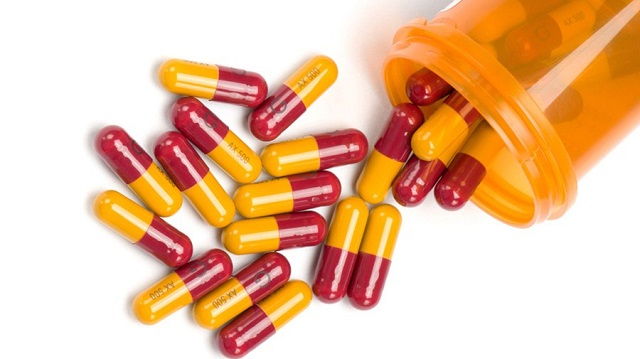
Over-reliance on and misuse of antibiotics has led to warnings of a future without effective medicines.
Kampala, Uganda | AGENCIES | It’s a tale of scientific discovery taught the world over: the serendipitous find of a mould that revolutionised modern medicine.
Almost 90 years ago, Alexander Fleming returned from holiday to find Penicillium on Petri dishes left in his basement laboratory at St Mary’s Hospital in London.
By the 1950s, the golden age of antibiotic discovery, an array of new medicines was being found.
Today, scientists are searching for a new breakthrough, testing microbes in sources as diverse as soil, caves and Komodo dragon blood, as well as developing new, lab-made synthetic drugs.
Yet despite these remarkable advances, we are running out of effective antibiotics – the drugs that fight infection and are essential for everything from organ transplants to the treatment of food poisoning.
Deadly bacteria resistant to penicillin, or the more than 100 different antibiotics since developed, are already killing 700,000 people every year.
Unchecked, the global toll could rise to 10 million a year by 2050.
If the problem is so serious, why, in this age of incredible medical and scientific endeavour and advance, is it so difficult to get the new antibiotics the world so desperately needs?
Racing the superbugs
The answer lies partly in scientific challenge and partly in the broken economy of research and development work.
Perhaps the less well known part of Fleming’s story is the long period of research and collaboration which followed, before, in the 1940s, Penicillium became the world’s first antibiotic.
Or that Fleming himself cautioned from the earliest days that bacteria could become resistant to drugs.
As a patient, antibiotics can seem such a simple treatment for infection, but the pills have a complex relationship with the very bacteria they are designed to destroy.
All microorganisms evolve and those that develop defences against antibiotics will survive, while the defenceless will be killed.
The more antibiotics we use, the faster the process of bacteria developing resistance becomes.
The result of misuse and overuse, in human and animal health, is a continual race to stay ahead of the superbugs.
Years of testing
It’s easy to find chemicals that kill bacteria.
The challenge is that it’s much more difficult to discover and develop substances that are not also toxic to humans.
The path from discovery to clinically approved medicine is necessarily long and the failure rate is high.
The process starts with basic research to identify organisms which produce antibiotic substances.
Thousands of possibilities will be screened – a process which in itself can take years.
Scientists look at different chemicals, combinations of chemicals and ways to weaken bacteria.
Some might try to attack the cell wall; others interfere with the way the bacterial cell functions, or with its metabolism.
When a candidate is found this must be tested on known infectious bacteria.
Then, if the results are promising, it will be tested for its possible toxicity to humans and must be produced at scale.
Only then can the years of clinical trials begin.
In total it takes around 10 to 20 years from discovery to medicine.
 The Independent Uganda: You get the Truth we Pay the Price
The Independent Uganda: You get the Truth we Pay the Price



